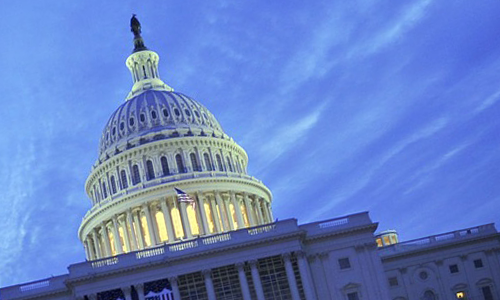June 9, 2020

The Paycheck Protection Program (PPP), launched in early April, offered small businesses potentially forgivable loans to cover payroll, rent and other approved expenses during the COVID-19 crisis.
Millions of loans have been extended to U.S. businesses and independent contractors. Nationally, as of May 30, 4.4 million loans totaling $510 billion, including more than 120,000 loans exceeding $7 billion to farmers and other businesses in agriculture, forestry and fishing, have been funded.1
While a large number of businesses stand to benefit from the program, concerns have been raised about the requirements for forgiveness of the loans, with some arguing that the time frame to spend the funds is too short, and the requirement to spend at least 75% of the funds on payroll too restrictive for businesses that have not been able to reopen. Loan amounts not forgiven under the program must be paid back over a 2-year period.
In response, Congress passed the Paycheck Protection Flexibility Act which was signed by the President on June 5. It grants more flexibility to borrowers seeking forgiveness of their loans. The Act will:
- Extend the period in which businesses must spend the funds in order to be eligible for forgiveness from 8 weeks to up to 24 weeks, or December 31, 2020, whichever comes first.
- Lower the payroll expenditure requirement from 75% to 60%. Recipients would now have to spend at least 60% of their loan amount on payroll to be eligible for forgiveness.
- Grant borrowers the ability to use the full 24-week period (or until December 31) to restore their workforce levels and wages to pre-pandemic levels, instead of the previous deadline of June 30.
- Allow borrowers the ability to adjust workforce levels without affecting forgiveness if they cannot find qualified employees or are unable to restore business operations to pre-pandemic levels due to COVID-19 related restrictions.
- Allow businesses that received PPP loans to delay payment of their payroll taxes in certain circumstances, which was previously prohibited under the CARES Act.
- Extend the loan payment deferral period from 6 months, to “the date on which the amount of forgiveness…is remitted to the lender,” or a date of 10 months after the last day of the covered period, whichever comes first.
- Extend the repayment period of any loan amount not forgiven from 2 years to 5 years, with the interest rate remaining at 1%.2
Although the president has signed the bill into law, Congress may make some technical changes to the program. Some were concerned that the new law created a loan forgiveness “cliff” which meant that 60% spent on payroll was a threshold for any loan forgiveness. A June 8 statement from SBA and Treasury, however, indicated that borrowers will be eligible for partial loan forgiveness even if they spend less than 60% on payroll.
It should also be noted that while this legislation may allow additional flexibility for PPP recipients, they will still be able to receive loan forgiveness under the original terms and conditions of the program. Borrowers who received their loans prior to the passage of the extension bill may still use the original 8-week covered period rules when applying for loan forgiveness.
For a more in-depth review of what this means for producers, Farm Credit East is holding weekly office hours on Wednesdays at 9 AM focused on answering Paycheck Protection Program loan forgiveness questions. To review a listing of PPP loan forgiveness questions, visit the Frequently Asked Questions (FAQs) page.
1 U.S. Small Business Administration Paycheck Protection Program Report, June 2020.
2 Source: H.R. 7010 – Paycheck Protection Program Flexibility Act of 2020.




